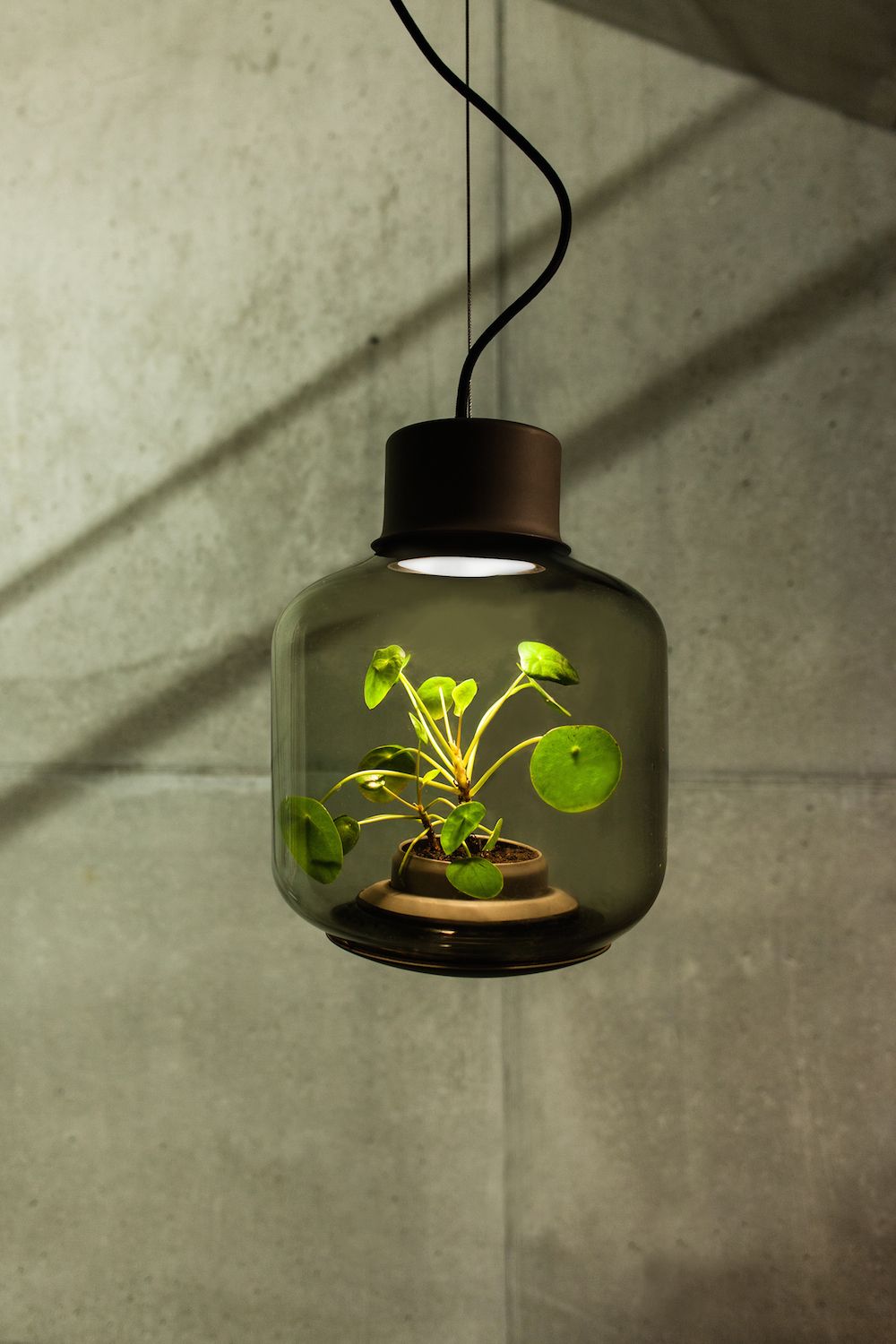
Proper lighting is essential for creating a functional and inviting indoor space. When it comes to lighting for indoors, it is important to consider both the aesthetic and practical aspects. Natural light is always the ideal choice, as it not only brightens up a room but also creates a more welcoming atmosphere. However, in spaces where natural light is limited, artificial lighting comes into play. The key is to strike a balance between ambient, task, and accent lighting to properly illuminate different areas of a room. Ambient lighting provides overall illumination, while task lighting focuses on specific activities like reading or cooking. Accent lighting is used to highlight certain features or focal points in a room. Choosing the right type of fixtures, such as ceiling lights, wall sconces, and table lamps, as well as the appropriate light bulbs, can greatly impact the mood and functionality of a space. Additionally, dimmer switches offer flexibility in adjusting the brightness levels to suit different activities and preferences. Overall, a well-thought-out lighting plan can enhance the comfort, functionality, and aesthetics of any indoor space.
Lighting plays a crucial role in creating a welcoming and inviting atmosphere in both indoor and outdoor spaces. When it comes to indoor lighting, it is essential to consider various factors such as the type of lighting fixtures, brightness levels, and lighting placement. Proper lighting can enhance the aesthetics of a room, make it more functional, and even affect our mood and productivity.
One of the key considerations when planning indoor lighting is the type of lighting fixtures to use. There are various options available, including ceiling lights, wall sconces, floor lamps, and table lamps. Each type of fixture serves a specific purpose and can contribute to the overall ambiance of a room. Ceiling lights, for example, provide general illumination, while wall sconces can be used to create a more intimate and cozy atmosphere. Floor lamps and table lamps are great for adding task lighting and accentuating specific areas of a room.
Brightness levels also play a significant role in indoor lighting design. The amount of light needed in a room will depend on factors such as the room’s size, function, and natural light availability. Proper lighting levels can help prevent eye strain, improve concentration, and create a comfortable and inviting space. Dimmer switches are a handy tool that allows for adjusting the brightness levels to suit different activities and moods. Additionally, incorporating a mix of ambient, task, and accent lighting can help create a layered and versatile lighting scheme that meets all the lighting needs of a room.
Proper lighting placement is another crucial aspect of indoor lighting design. Strategic placement of lighting fixtures can highlight architectural features, artwork, furniture, and various decor elements. It can also help to create a sense of balance and depth in a room. Lighting should be evenly distributed throughout the space while avoiding harsh shadows and glare. By paying attention to these key factors, homeowners and designers can create a well-lit, functional, and aesthetically pleasing indoor environment that complements the overall design scheme of a space.
 Decoration Ideas
Decoration Ideas





